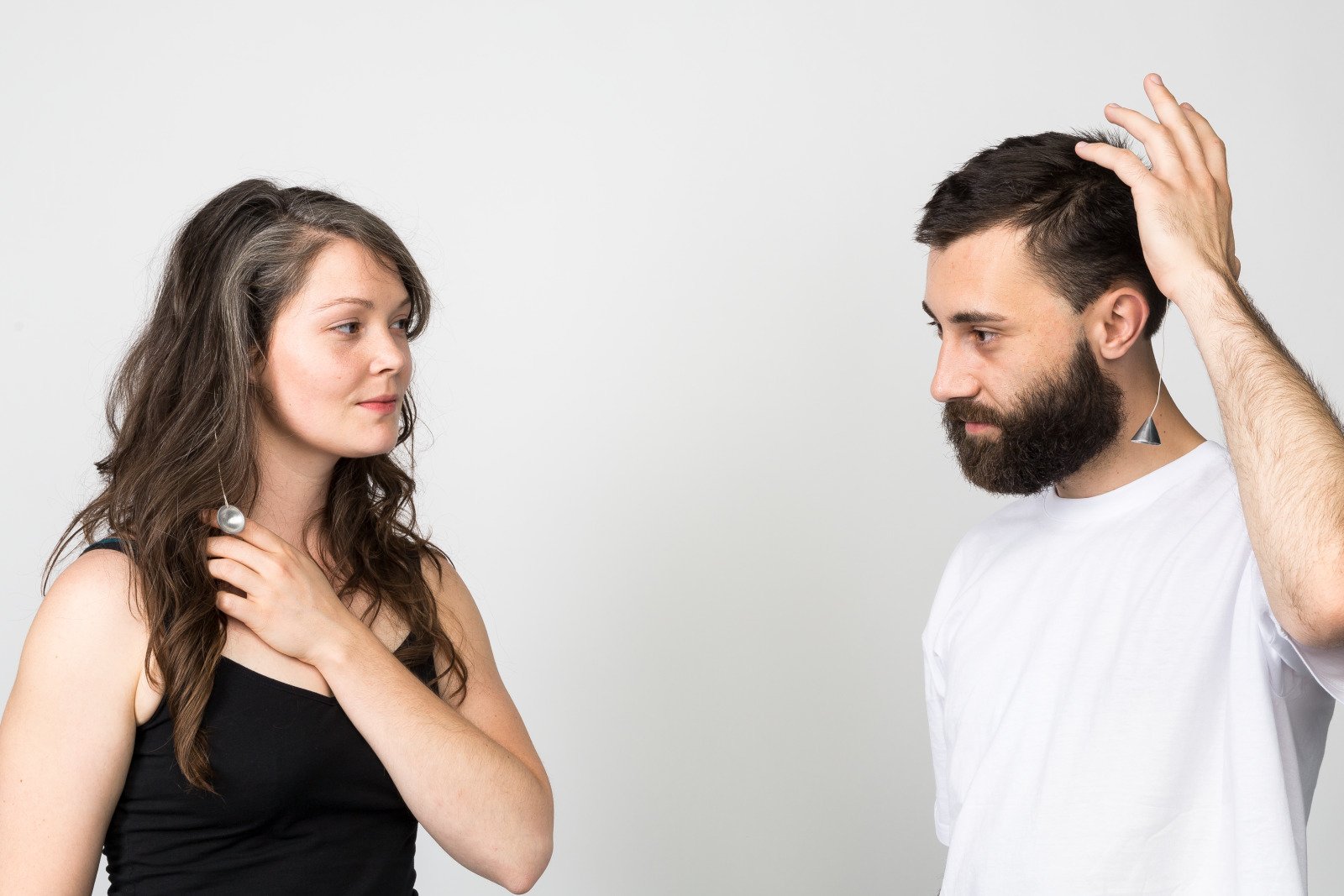
Continuing from my thesis about happiness in the attention economy, and proposing an alternative representation of attention as a connection, I continued further down the rabbit hole with a design proposal.
Out of all the areas of life where attention matters, I decided to work with the connections between us. Social attention is one of the most valuable and valued one we share, while the most time-consuming and notorious attention economy products are often social networks. They enter into an area of our life, where quality is much more relevant than efficiency, which is what these platforms are measured against. So what qualities should count instead?
What are the principles for nurturing our attention?

*These principles draw inspiration from Calm Technology (Amber Case) and Flow (Mihály Csíkszentmihályi).
What if we regarded attention as a connection when attending to each other? How could we experience more flow in our social life?
For this, I turned the concept of mental hair stemming from (my previous design research)[https://www.juliaracsko.com/index.php/portfolio/attention-as-connection/] into a fictional device: a vibe antenna attached to the head which helps to weave our mental hair together. Taking turns to function as a sensor and an emitter, in the same rhythm as breathing in and out, it gently synchronises our brains to be on the same wavelength as other people in real time, in the same space. (The synchronicity of brainwaves as an indicator for successful communication is a real phenomena researched by Suzanne Dikker PHD.) The antenna ultimately helps creating more engaged interactions and a visceral sense of being connected.
To show how it would work, I imagined three scenarios.
The first scenario shows the very basic concept of this device: instead of looking at the phone, having 3 or 30 conversations at the same time, you have just one that fills your social needs.
The second one is about how we affect each other in the same space, even when we are not fully there and not together, and a way to leverage this.
The third one shows how could the synchronicity–facilitated by the antenna–work on a group level in the very regular situation of a birthday celebration. It also demonstrates how the function of emitting your own brainwaves and capturing the other’s turns on and off. It’s necessary, otherwise such a sensitive brainwave sensor would be destroyed by its own emission, not to mention the metaphorical elegance of drawing in and out the mental vibes with your breath.
The three antennas:



The three antennas are attached to a guitar chord that connects the antenna to your mind; it is chosen for its relationship to vibes and waves. The antennas, made from aluminium for its lightness, strengthen the emitting and receiving of the signals. These devices can’t be controlled intentionally, the gestures in the video was more for the sense of it, similar to how you raise your hand to your ear to hear better.

© HEAD – Genève, Raphaëlle Mueller

© HEAD – Genève, Raphaëlle Mueller

© HEAD – Genève, Raphaëlle Mueller

© HEAD – Genève, Raphaëlle Mueller

© HEAD – Genève, Raphaëlle Mueller
This fictional object shows a way to truly aid in fulfilling our social craving. So much technology has been designed to communicate and connect us, with mixed results.
If the design of these solutions regards the attention we put into our relationships as an effort, then it will be efficient along certain metrics, but not fulfilling. It won’t give us the sense of being connected we actually crave and design for–which this fictional object could facilitate and enhance in a fictional world.
The documentation of the whole process is available on a separate blog.

No comments.